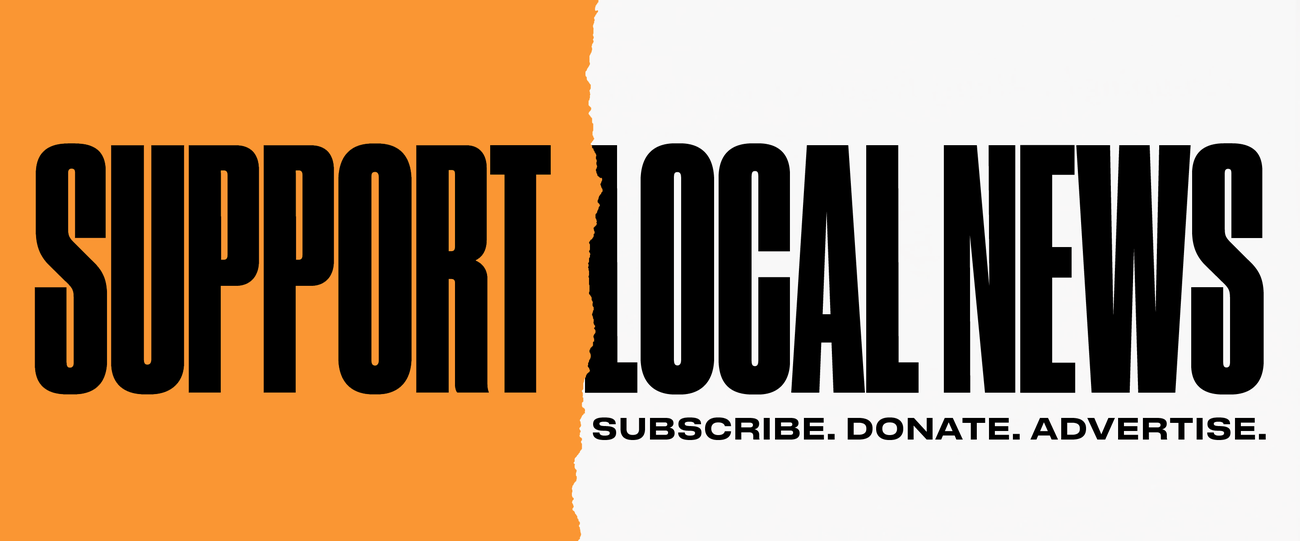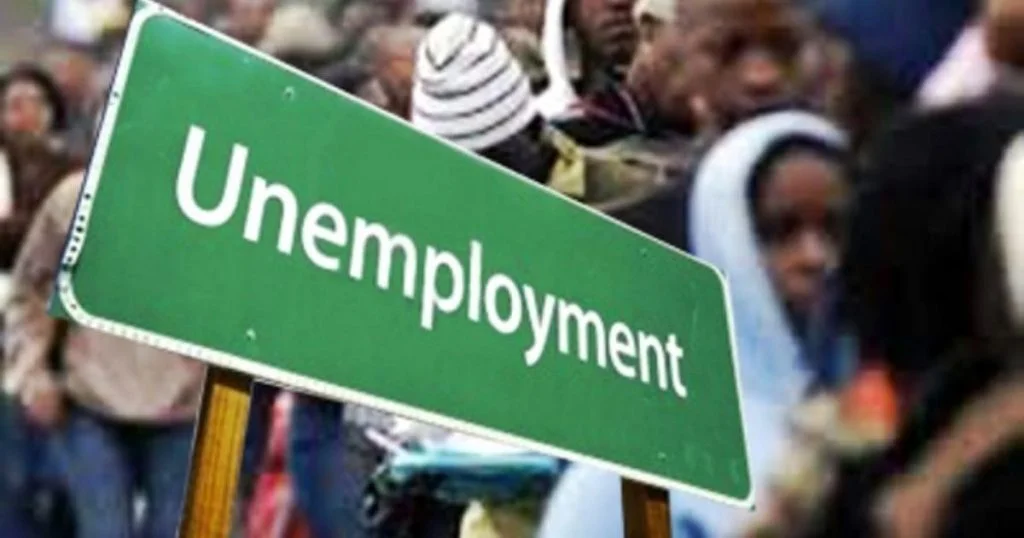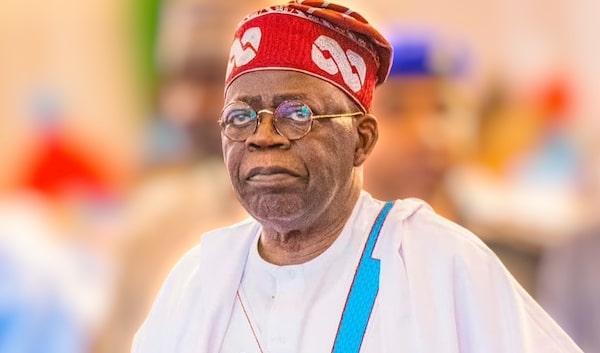Controversies have continued to trail Nigeria’s 4.1 per cent unemployment figure amid economic hardship occasioned by fuel subsidy removal and the foreign exchange crisis.
Recalled that the National Bureau of Statistics on Thursday last week disclosed in its recent Nigeria Labour Force Survey that the country’s unemployment rate is 5.6 per cent for Q4 2022 and 4.1 per cent Q1 2023 using the revised International Labour Organization methodology.
The recent figure is coming after two years of being without unemployment figures. The last time the National Bureau of Statistics released labour data was in 2020, when it stood at 33.3 per cent.
In perspective, the 4.1 per cent unemployment rate means that only four of every 100 Nigerians are unemployed.
For some Nigerians, the figure ignited a utopic feeling because the 4.1 unemployment rate seems not to match reality.
Assessing NBS’ 4.1% unemployment rate
The announcement of a 4.1 per cent unemployment rate in Q1 2023 has been greeted with mixed reactions Nationwide.
The figure sharply contrasted with the last official data of 33.3 per cent for Q4 2020, disclosed in March 2021.
NBS explained that it arrived at the figure by adopting new International Labour Organization guidelines.
Accordingly, the report noted employed persons grew from 73.6 per cent in Q4 2022 to 76.7 per cent in Q1 2023.
Meanwhile, the figure stated that Nigerians in paid employment dropped from 13.4 in Q4 2022 to 11.8 per cent in Q1 2023. Also, informal employment dropped from 93.5 per cent in Q4 2022 to 92.6 per cent in Q1 2023.
The NBS stressed that the difference between the old and new Methodology constitutes the term’ unemployment’. While the old Methodology says any population working below 20 hours or did not work but searching and available in the reference week, the new format sees unemployment as not being in employment, actively searching and available (did nothing for pay or profit).
However, many Nigerians, like the Director of the Institute of Capital Market Studies, Nasarawa State University, Keffi, Prof Uche Uwaleke, said the new Methodology does not reflect Nigeria’s economic realities.
Uwaleke’s perspective resonates heavily with the proportion of Nigerians living below the poverty line.
A similar argument was advanced by the Director of the Centre for Social Justice (CSJ), Eze Onyekpere.
According to him, the unemployment reported rate is incongruent with the economic challenges a significant percentage of the population faces.
Also, Muda Yusuf, the Chief Executive Officer of the Centre for the Promotion of Public Enterprises, said the NBS needs to review the Methodology adopted for the report.
“It is difficult to accept the recently released unemployment report by the NBS.
“The Methodology needs to be reviewed to reflect our realities. 4.1 per cent unemployment rate in this part of the world is as good as full employment. Empirical evidence abounds of many young people, especially the educated ones, who practically have nothing to do.”
The Nigeria Multidimensional Poverty Index (MPI) 2022, released by NBS in November last year, showed that 133 million Nigerians are poor out of an estimated population of over 223 million.
Experts contend that the economic misery caused by the rising inflation, which stood at 24.08 per cent in July, the fuel subsidy removal hardship and the foreign exchange crisis, leaves much to be desired from the 4.1 per cent unemployment rate.
Figure not in tune with Nigeria’s reality – Experts
Speaking with the Newsmen, a popular economist and the former President and Chairman of the Council of Chartered Institute of Bankers, Prof Segun Ajibola said the new Methodology used by NBS is irrelevant to Nigeria.
According to him, combating poverty is critical to employment.
He said the NBS playing around with figures of the unemployment rate will not solve the problem of poverty in Nigeria.
“Economists look at unemployment in different ways, about eight different types, but usually when the subject matter comes up, most people think of open unemployment, those who are not engaged at all.
“Unless the figure is attached to a specific aspect of unemployment, the figure will be misleading. At times, you have complications in discussing unemployment.
“But generally, unemployment has some attachment to poverty. It is believed you are employed if you are fully engaged and earning a living wage. So, if you are fully engaged and still do not earn a living wage, you will still suffer from poverty.
“The new Methodology by ILO is not relevant to us in this part of the world. What is important to us is for labour to be fully skilled to earn a living wage.
“If you look at our environment, can you say out of 100 Nigerians, only four are unemployed? Playing around with figures will not solve the problem of poverty”, he stated.
Also, Idakolo Gbolade, Chief Executive Officer of SD & D Capital Management, said the technique used by NBS to arrive at the 4.1 unemployment rate in Q1 2023 is likened to living in a fool’s paradise.
He noted that the figure is not in tune with reality.
Gbolade said President Bola Ahmed Tinubu needs to ensure that various policies towards reviving Nigeria’s economy are properly implemented.
“The new technique NBS uses is like living in a fool’s paradise. This is not in tune with reality when statistics clearly show the poverty rate is about 70 per cent. The poverty rate is directly proportional to unemployment, so the statistics used to arrive at the Q1 2023 unemployment figure are unrealistic.
“The 4.1 per cent unemployment rate is a good place for Nigeria; however, a lot needs to be done in key sectors of our economy like agriculture, energy, manufacturing and SMEs to create an enabling environment for employment opportunities for our teeming youth.
“The Bola Tinubu government needs to ensure that various policies announced in the agricultural sector, manufacturing and SMEs are properly implemented to lift our economy”, he stated.
In contrast, an accounting and financial development Don at Lead City University, Ibadan, Prof Godwin Oyedokun, said there is no need to disbelieve the unemployment figure.
“If we can believe the inflation data, we just believe this because they use the same system. The real unemployment in Nigeria is not as we often define it.
“You are employed as long as you are engaged by making a profit or wage. The fuel subsidy removal did not lead to unemployment but shrunk the purchasing power of Nigeria.
“The euphoria of fuel subsidy removal may not be as claimed because many Nigerians continue their economic activities. People will rather adjust their consumption patterns. Unemployment and poverty differ, but one can lead to the other,” he said.




